Cities that were more powerful than nations
Cities have been the beating hearts of civilizations, shaping the cultural, political, and economic landscapes throughout history. From bustling marketplaces to centers of governance, cities have influenced societies in ways that extend beyond their walls.
They served as hubs of innovation and progress, and their legacy can be felt in the modern world. By examining historical cities, we gain insight into how urban centers have molded the development of nations and cultures.
Athens: The Birthplace of Democracy and Culture
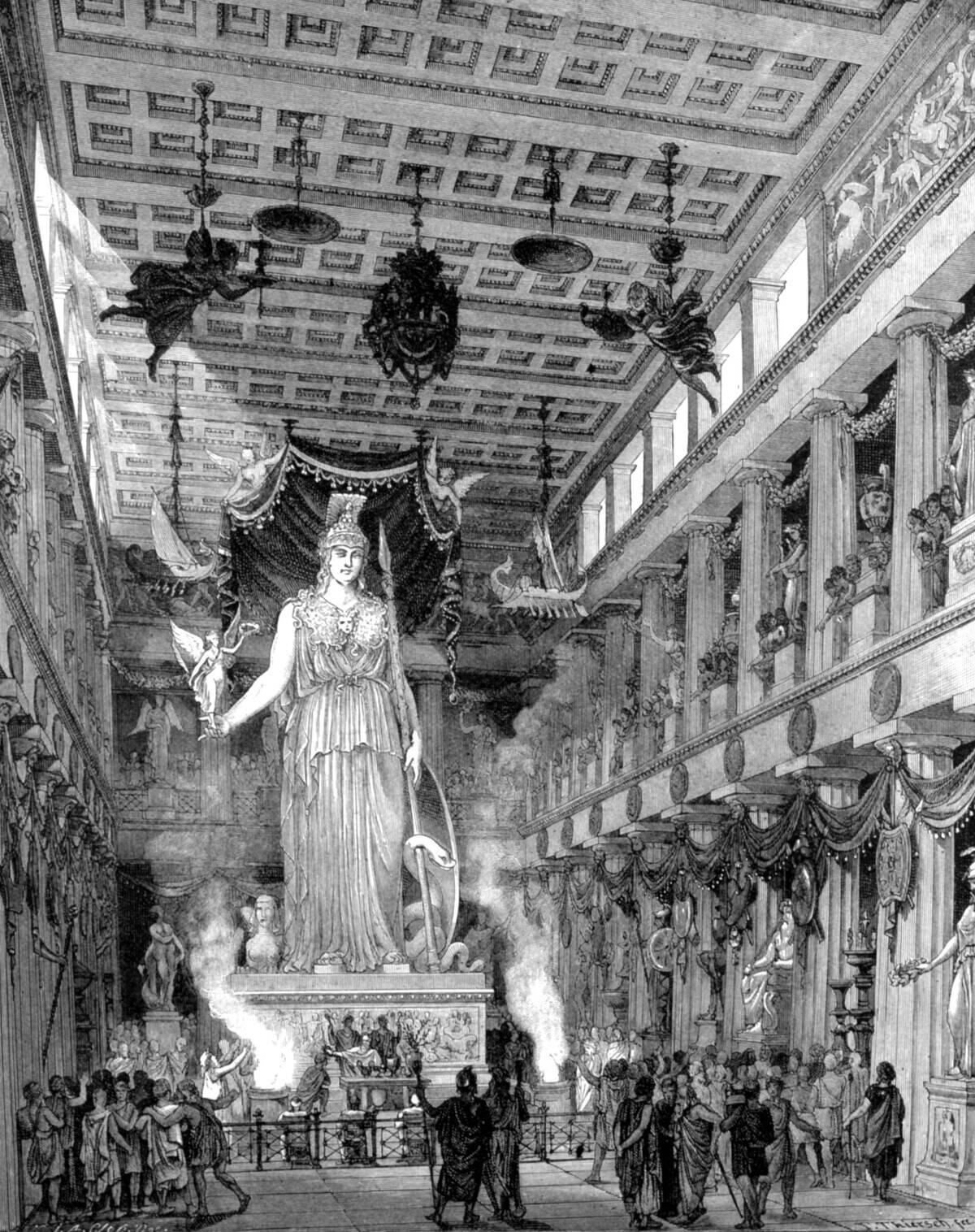
Athens is renowned as the cradle of democracy, where citizens could participate in decision-making as early as the 5th century BCE. This system laid the groundwork for modern democratic principles.
Beyond politics, Athens was a cultural hub, home to philosophers like Socrates and Plato, whose ideas continue to resonate. The city also celebrated the arts, with its grand amphitheaters hosting plays by dramatists such as Sophocles, contributing significantly to Western culture.
Sparta: A Military Powerhouse
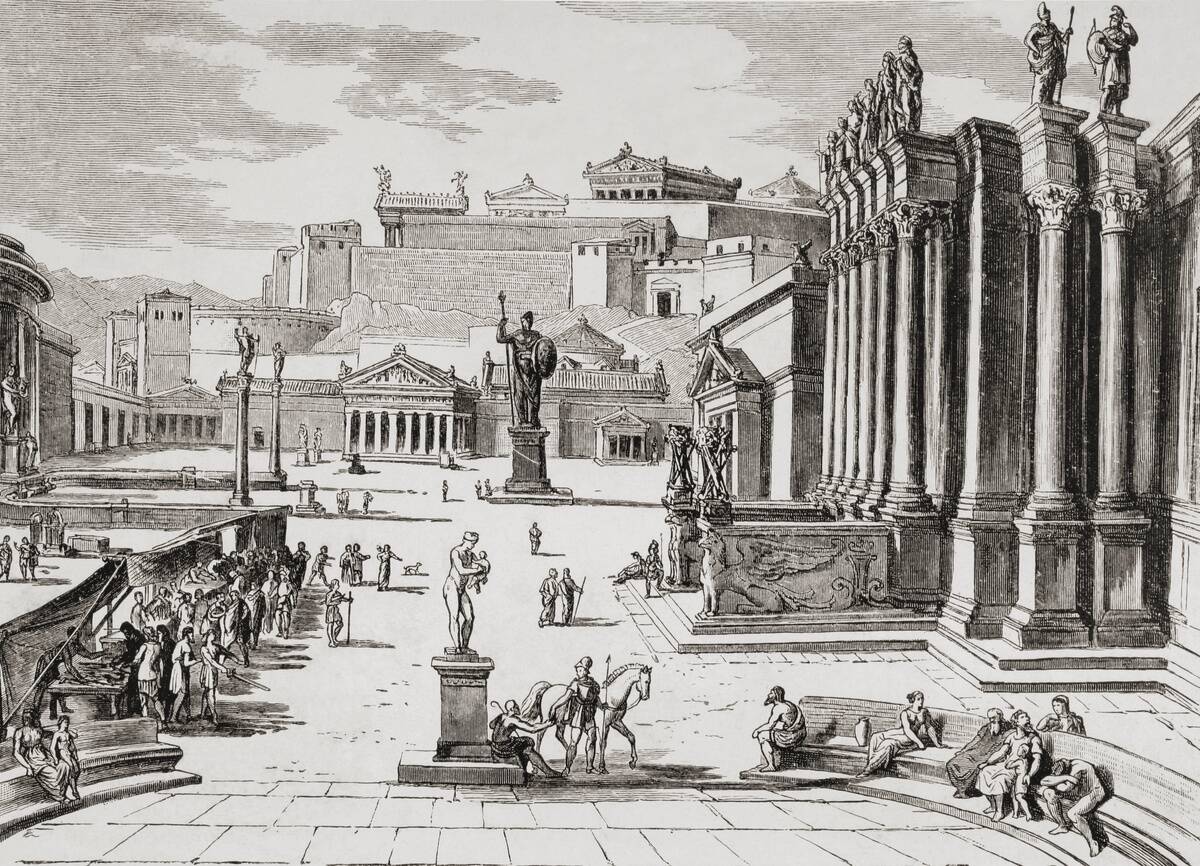
Sparta’s reputation as a formidable military power is well-deserved, with its society structured around rigorous training and discipline. Spartan warriors were known for their prowess and bravery, often outnumbered but rarely outmatched.
The city-state’s focus on military excellence ensured its influence in the region, with its soldiers playing crucial roles in key battles, such as the famous stand at Thermopylae. The Spartan way of life, emphasizing strength and austerity, has become legendary while also infamous for its brutality.
Babylon: The Center of Trade and Innovation
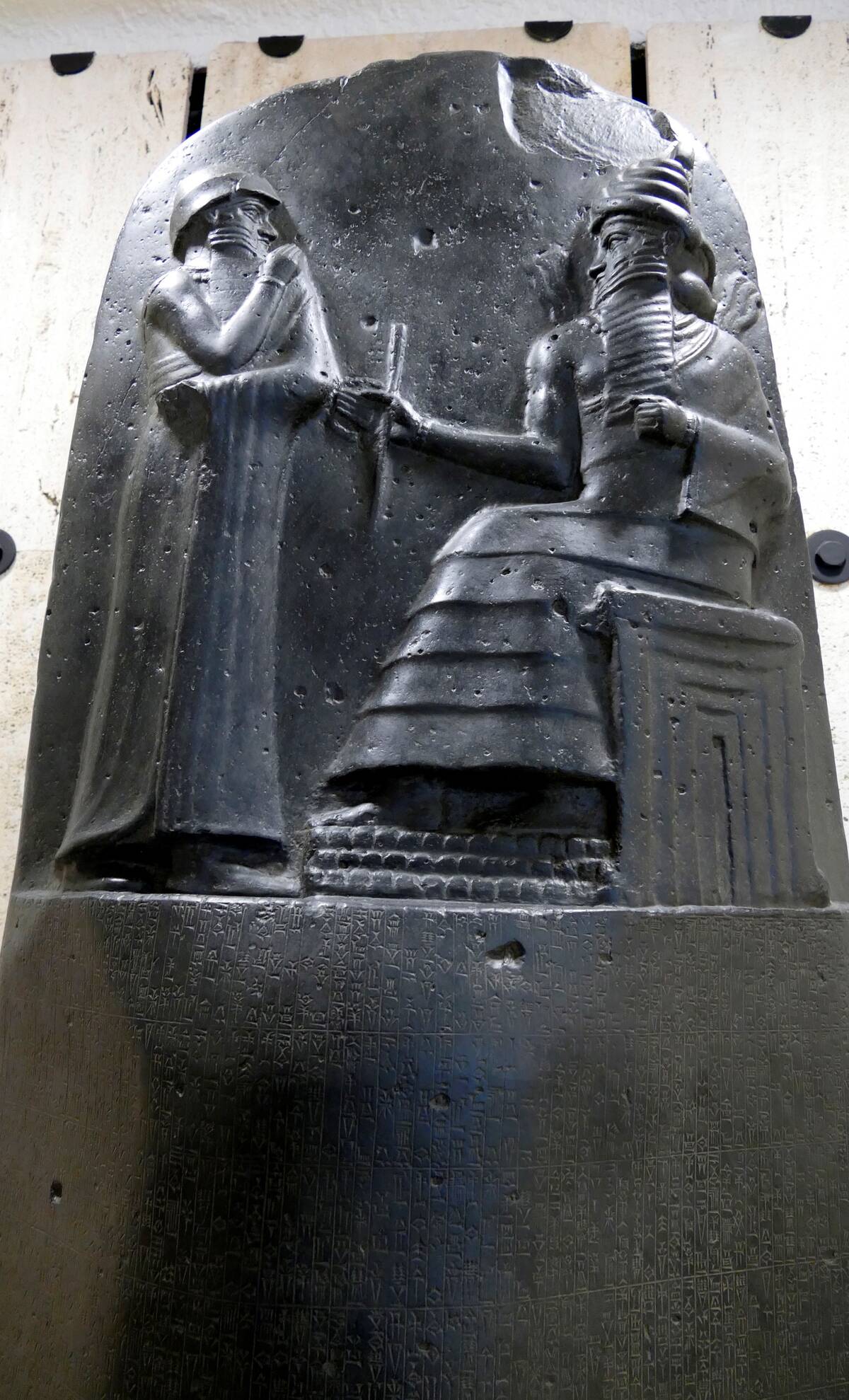
Babylon was a vibrant center of trade and culture, known for its impressive architecture and scientific advancements. The city was home to the Hanging Gardens, one of the Seven Wonders of the Ancient World.
Babylon’s strategic location made it a nexus of commerce, connecting the East and West. The Babylonian civilization contributed to mathematics and astronomy, with scholars developing the earliest known form of the written law, the Code of Hammurabi, influencing legal systems to come.
Carthage: A Maritime Empire
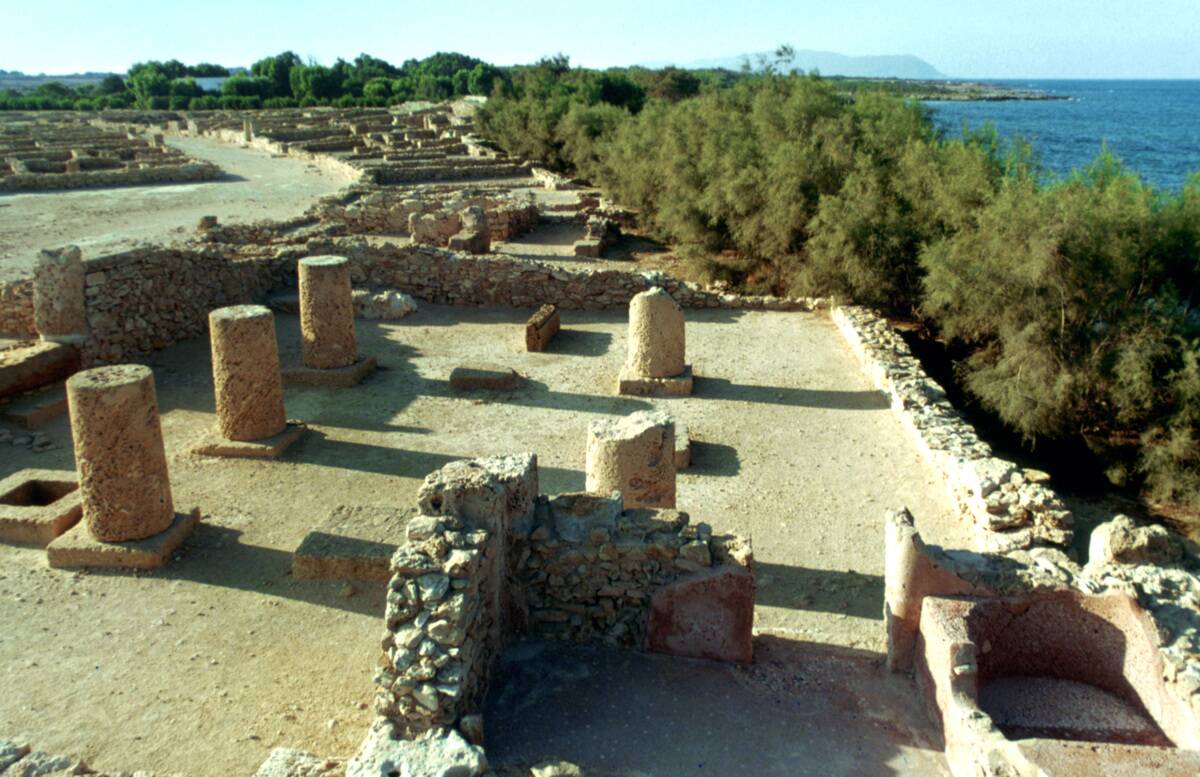
Carthage was a powerful maritime city-state, controlling vast trade networks across the Mediterranean Sea. Renowned for its skilled sailors and shipbuilders, Carthage became a dominant force during the first millennium BCE.
The city’s rivalry with Rome ultimately led to the Punic Wars, a series of conflicts that shaped the ancient world. Despite its eventual fall, Carthage’s legacy as a center of trade and seafaring innovation remains influential in the history of naval warfare and commerce.
Venice: The Merchant Republic
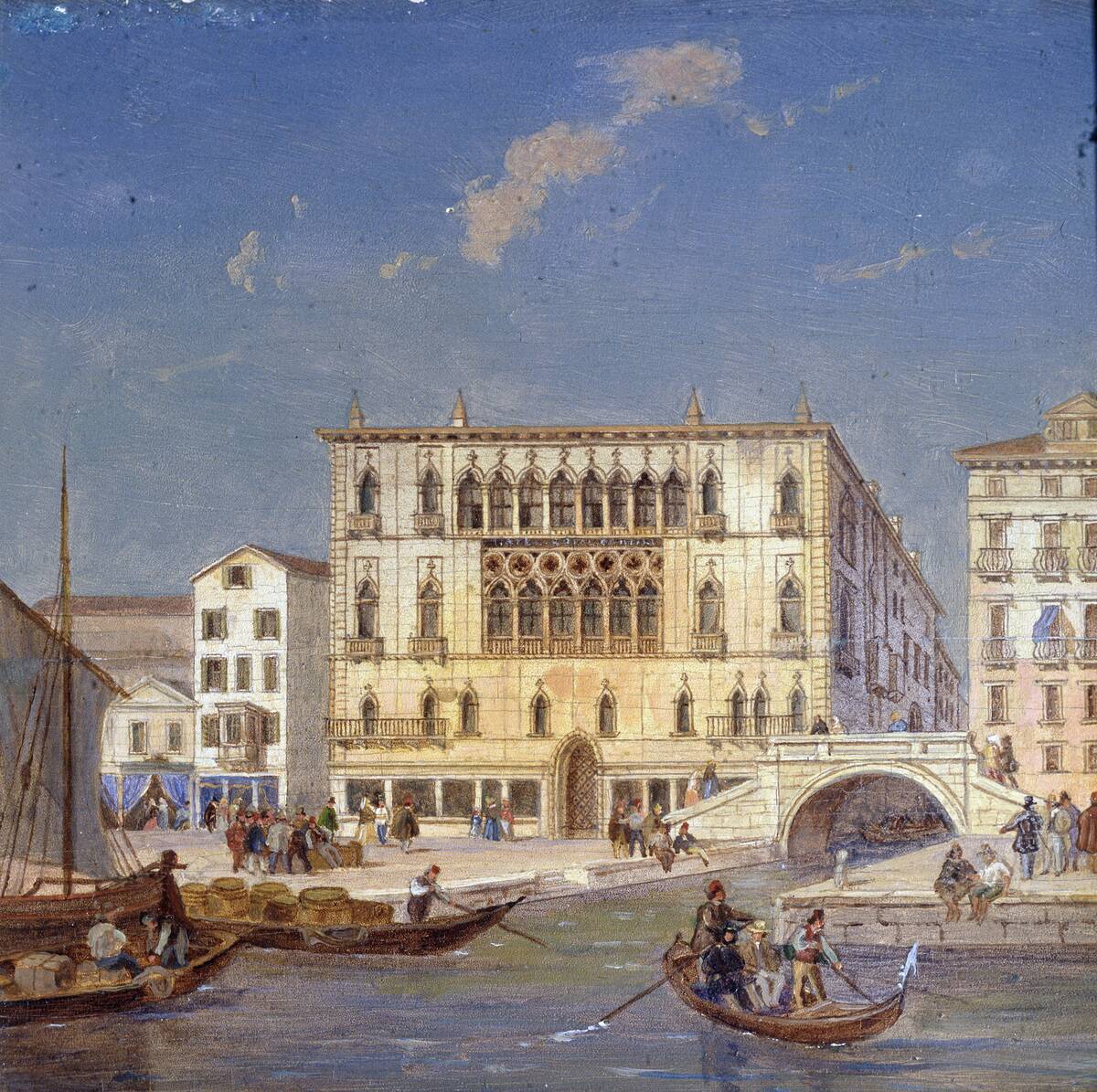
Venice emerged as a major commercial power during the Middle Ages, known for its strategic position and thriving trade networks. The city was a republic, with a government that balanced power among elected officials and influential families.
Venetian merchants traded across Europe and Asia, bringing wealth and cultural exchange to the city. Venice’s unique system of canals and architecture, alongside its role in the Crusades and Renaissance, cemented its place as a pivotal player in European history.
Florence: The Cradle of the Renaissance
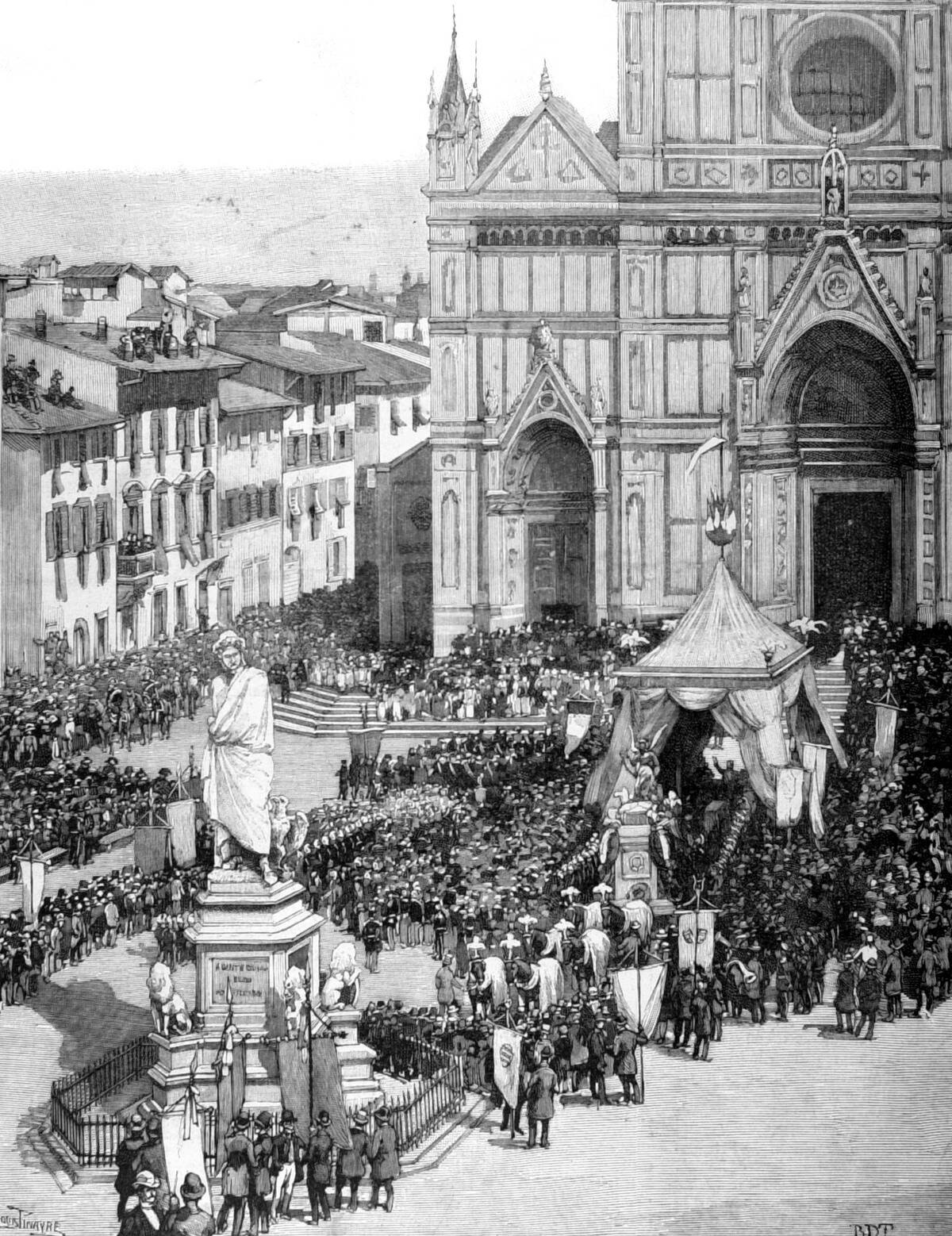
Florence was the heart of the Renaissance, a period of unparalleled cultural and intellectual growth in Europe. The city nurtured artists like Leonardo da Vinci and Michelangelo, whose works have become timeless.
Florence’s wealth, derived from banking and textiles, supported patronage of the arts and sciences. The Medici family, influential patrons, played a crucial role in fostering this environment. The city’s contributions to art, architecture, and humanist thought have left an enduring legacy worldwide.
Tenochtitlán: The Aztec Metropolis
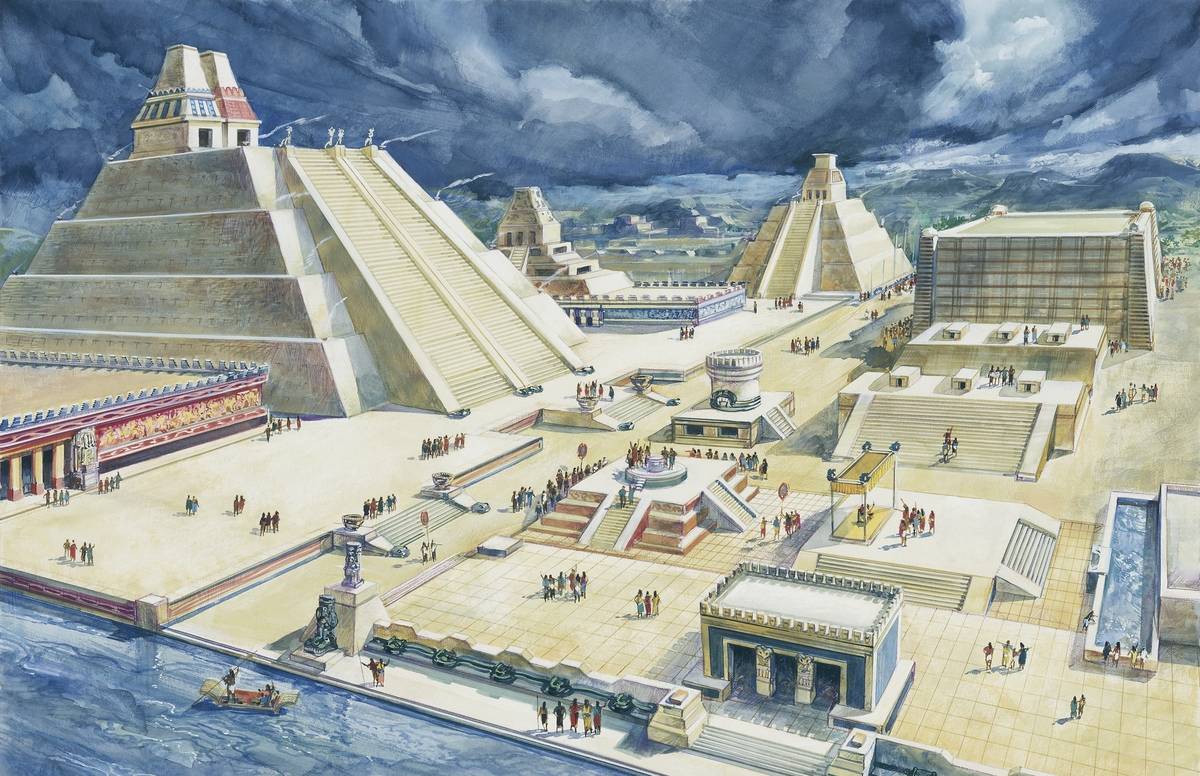
Tenochtitlán, the capital of the Aztec Empire, was a sprawling metropolis known for its advanced engineering and vibrant culture. Built on an island in Lake Texcoco, it featured intricate canals and impressive temples.
The city’s architecture and aqueducts demonstrated remarkable innovation, supporting a large population. Tenochtitlán was a center of trade and political power until the Spanish conquest in the 16th century. Its legacy lives on in Mexico City, which was built atop its ruins.
Constantinople: The Gateway Between Continents
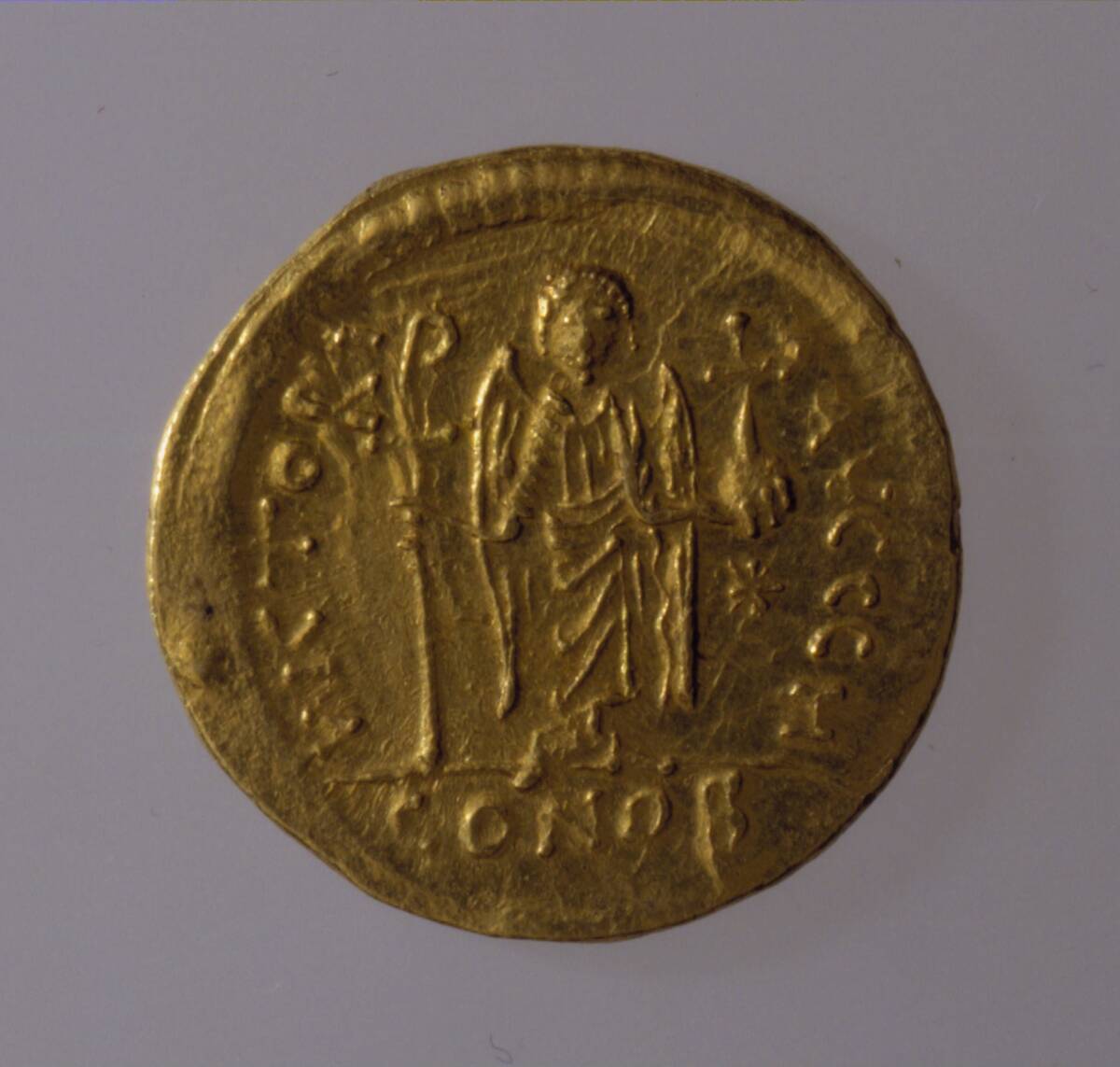
Constantinople, now Istanbul, was strategically located between Europe and Asia, serving as a crucial crossroads for trade and culture. As the capital of the Byzantine Empire, it was a bastion of Christianity and classical knowledge.
The city’s formidable defenses, including the Theodosian Walls, protected it for centuries. Constantinople was a hub for the Silk Road and other trade routes, facilitating the exchange of goods and ideas. Its fall in 1453 marked a pivotal shift in world history.
The Hanseatic League: A Network of Powerful Cities
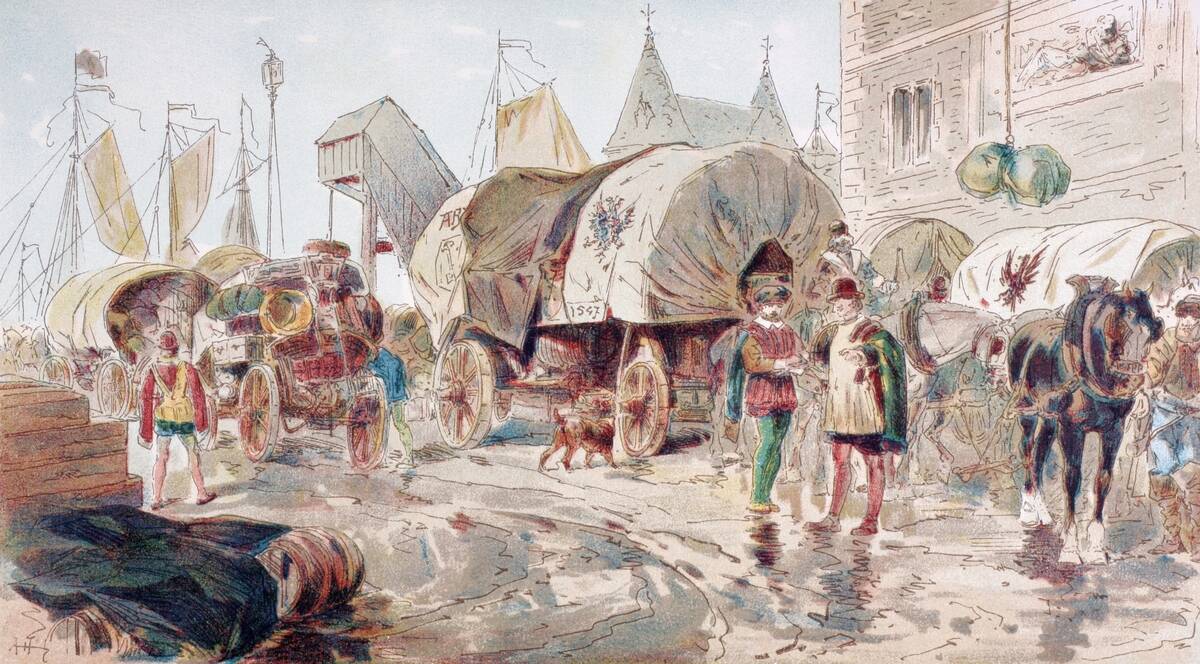
The Hanseatic League was a commercial and defensive alliance of merchant guilds and market towns in Northwestern and Central Europe. Founded in the late 12th century, it grew to include over 200 cities, facilitating trade across the region.
The League’s influence extended to politics and military affairs, often acting as a powerful entity in its own right. Its legacy is seen in the development of modern trade practices and the economic integration of European cities.
Amsterdam: The Financial Hub of the Dutch Golden Age
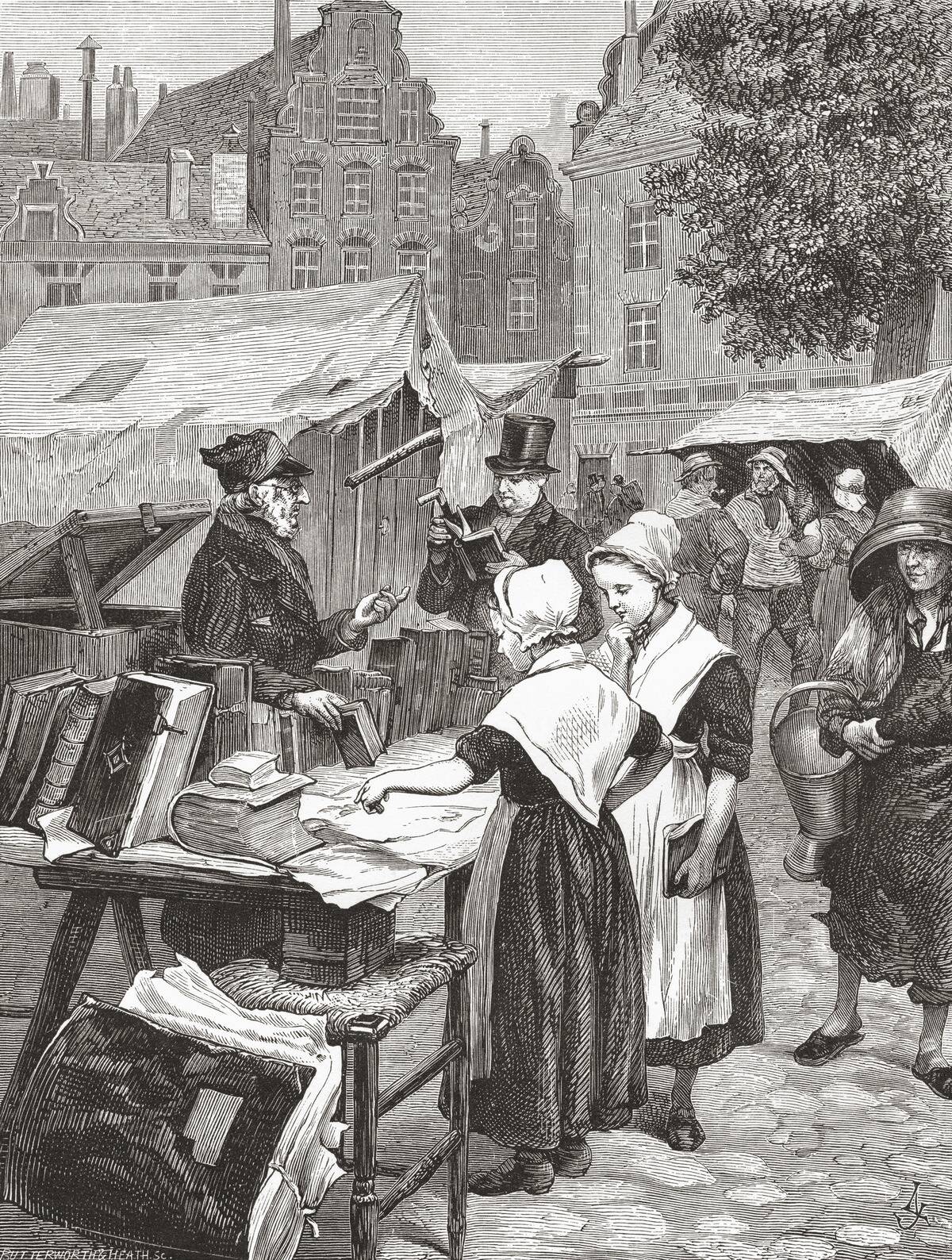
Amsterdam was at the heart of the Dutch Golden Age in the 17th century, flourishing as a center of commerce and finance. The city was home to the world’s first stock exchange and major trading companies, like the Dutch East India Company.
Amsterdam’s wealth funded a vibrant cultural scene, attracting artists such as Rembrandt and Vermeer. The city’s innovative approaches to trade and finance have influenced economic systems worldwide, maintaining its reputation as a financial powerhouse.
Genoa: The Wealthy Maritime Republic
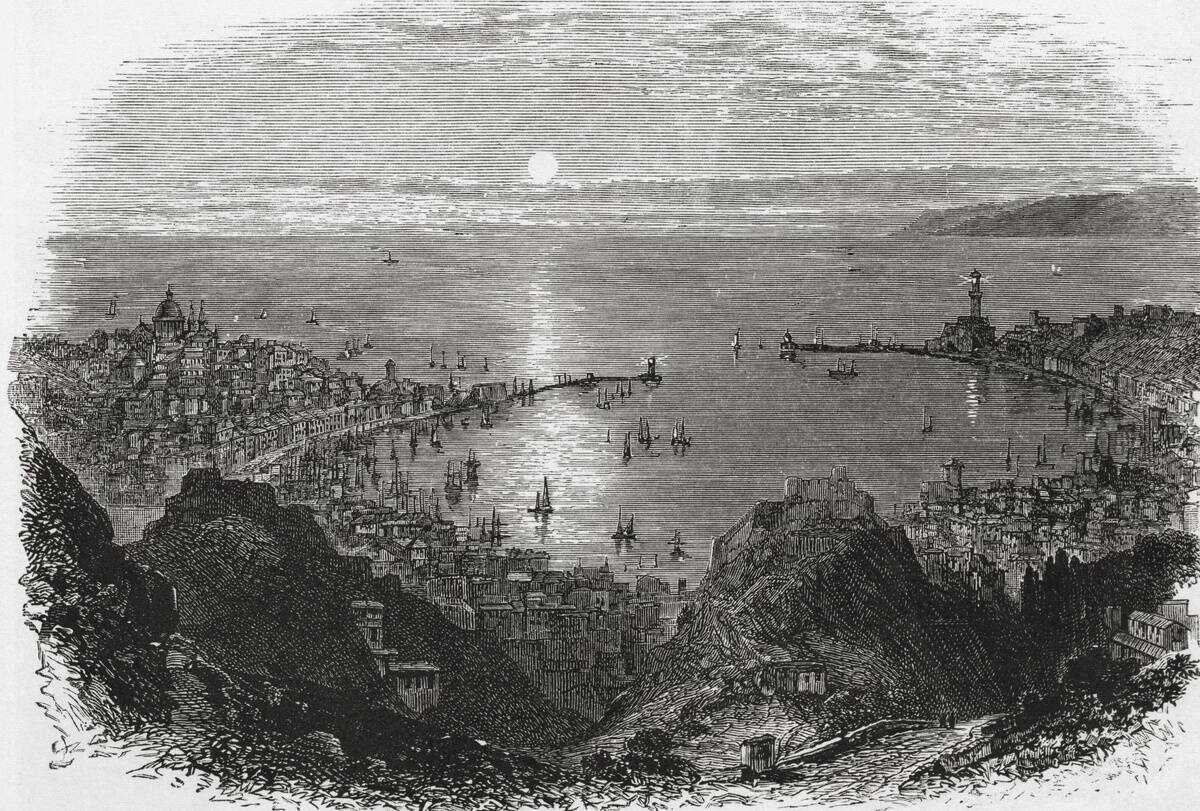
Genoa was a prominent maritime republic, rivaling Venice in trade and naval power. Its strategic location on the Mediterranean made it a crucial trade hub, connecting Europe with the Middle East and Africa.
Genoa’s wealth funded impressive architecture and cultural development, contributing to the city’s status as a Renaissance center. The Genoese played a key role in banking innovations, creating financial instruments that laid the groundwork for modern banking practices.



